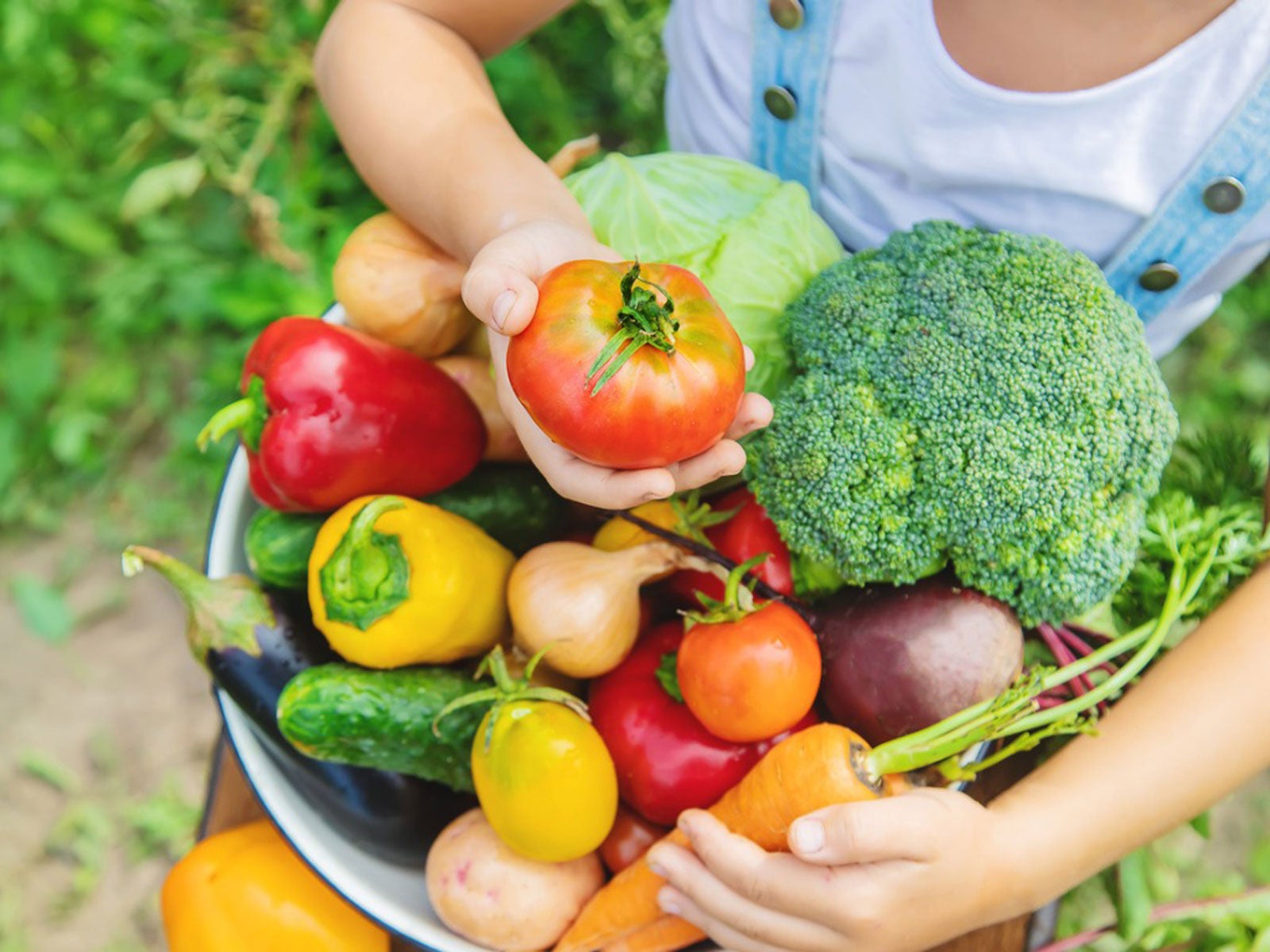Signs Of Fresh Veggies – How To Tell If Vegetables Are Fresh


Fresh vegetables not only taste better, but they're also better for you. Studies have shown vegetables begin losing nutritional value soon after harvest. Vitamins are the most vulnerable. Spinach, for instance, can lose a whopping 90% of its vitamin C content within the first 24 hours. Knowing how to tell if vegetables are fresh is an important skill whether you're growing ripe garden vegetables at home or purchasing them in the store.
When are Vegetables Fresh?
Fresh and ripe are not the same thing. Fresh indicates the amount of time since a vegetable was harvested, while ripeness refers to peak maturity. Many vegetables are grown and harvested in various areas of the United States. Some veggies come from foreign countries, depending upon the time of the year and the current growing season.
Vegetables, which travel long distances to reach your store shelves, are often picked before they reach peak ripeness. As fresh vegetables go, these world-travelers would be the least nutritious. Growing your own veggies or buying locally-grown, freshly harvested produce is the best way to ensure the highest nutritional value.
Judging Vegetable Freshness
If you don't have the space or time to garden, shopping at a farmer's market is one way to get your hands on fresh vegetables. When shopping at the corner grocery store, purchase locally grown veggies whenever possible. These options often mean sticking to produce which is currently in season. But even seasonally unavailable produce can lack freshness. Try these tips for judging the telltale signs of fresh veggies:
- Sight Inspection: Your eyes can give strong visual clues to vegetable freshness. Look for a bright, even color with no dark spots or mold. Bruises, dents, or damaged skin can happen during transport. These spots can quickly spoil and spread decay beyond the immediate area. Wrinkly skin or wilting leaves are good indications the veggies are old. Check stem ends. Truly “fresh-picked” veggies will have little browning at the point of harvest.
- Sniff Test: Discreetly wave the vegetable near your nose to get a good whiff. Vegetables release a variety of chemicals, such as esters and sulfur compounds, which are detectable by smell. In general, fresh produce will smell fresh. Some vegetables, particularly those of the cabbage family, have a lightly pungent smell when fresh. This distinctive cabbage smell gets stronger as these veggies age. The sniff test can also help consumers detect mold or spoilage which is visibly obscured by packaging.
- Touch Assessment: Finally, grasp the vegetable firmly to test its texture and firmness. Tactile signs of fresh veggies will depend upon the type of produce. Peppers, zucchini, and cucumbers should feel firm, not rubbery, while tomatoes, mushrooms, and head lettuce will have a slight springiness when fresh. Sweet potatoes and onions will have a more solid feeling. Sliminess or mushiness indicates a total lack of vegetable freshness in all types of produce.
In addition to using your senses to select the freshest produce, also pay attention to when fresh produce is delivered to your local market. Ask the produce manager what day new veggies hit the shelves and time your shopping expeditions accordingly. Take advantage of sales that are designed to move fresh produce faster and shop where you frequently see the signs of fresh veggies.
Sign up for the Gardening Know How newsletter today and receive a free copy of our e-book "How to Grow Delicious Tomatoes".

Laura Miller has been gardening all her life. Holding a degree in Biology, Nutrition, and Agriculture, Laura's area of expertise is vegetables, herbs, and all things edible. She lives in Ohio.